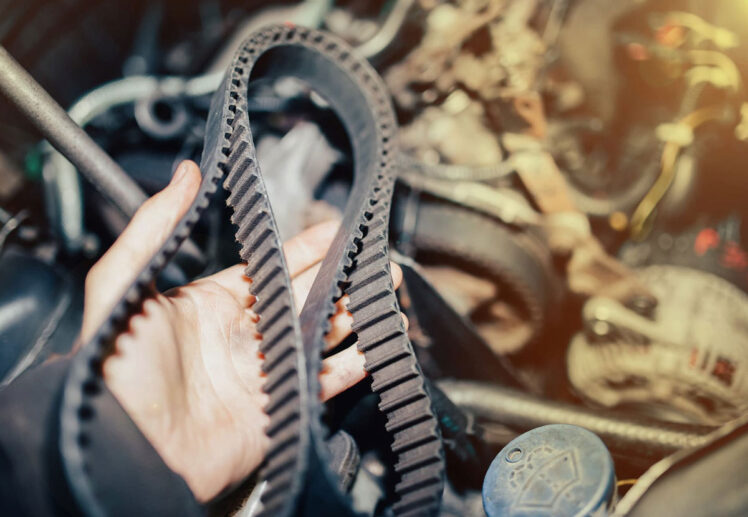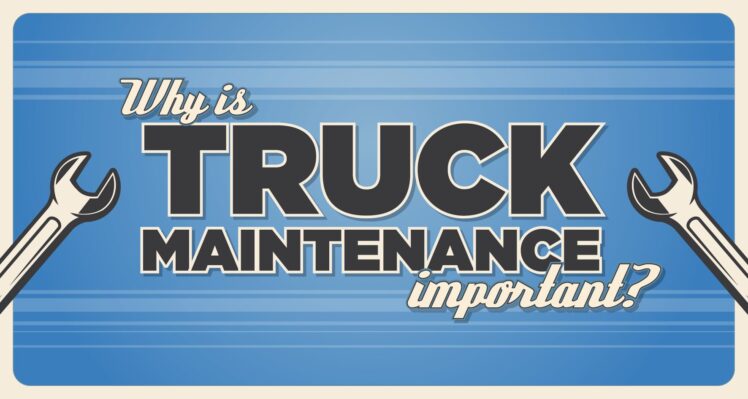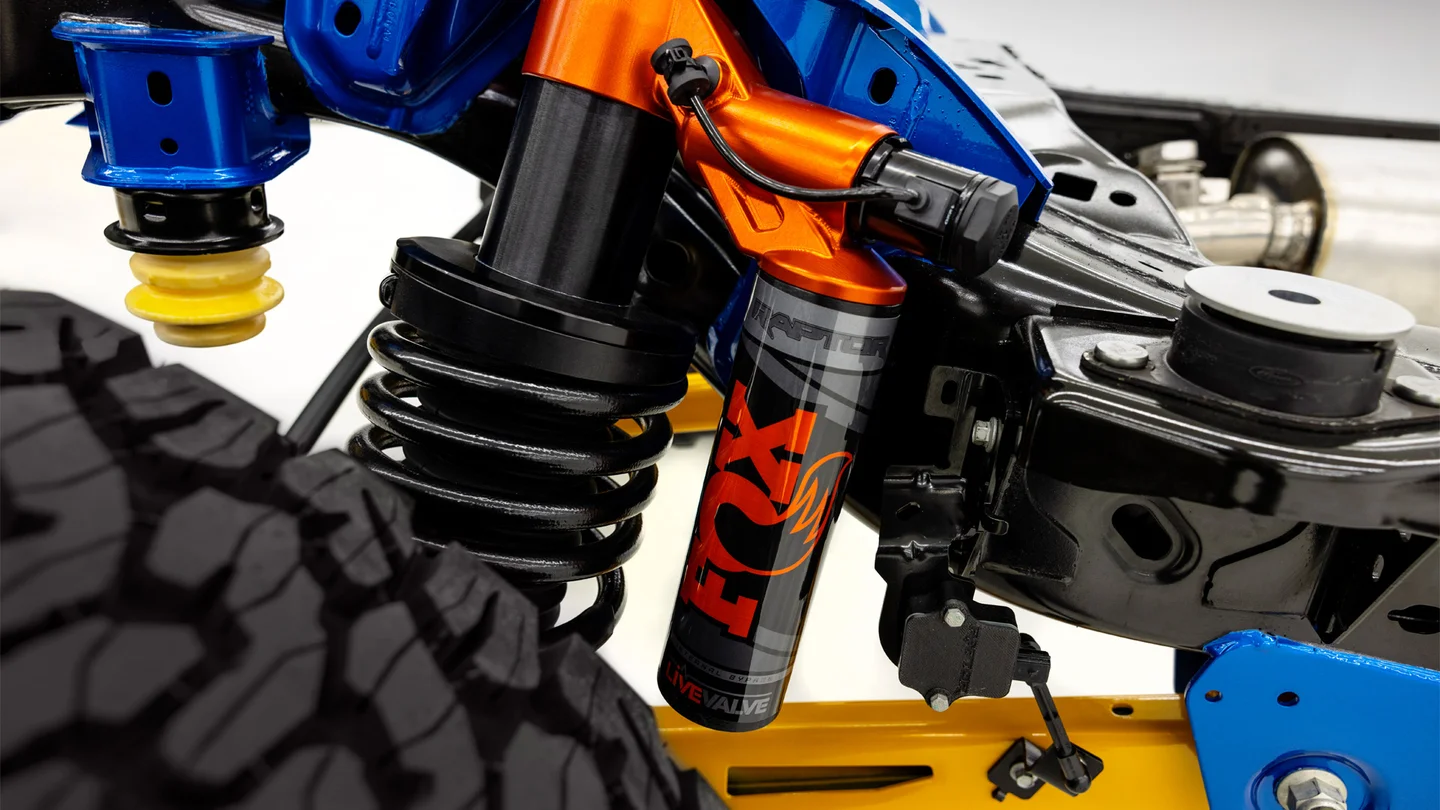If you own a truck and you’re looking to enhance the performance of your vehicle, you’ve come to the right place. The following steps will help you maintain your truck’s with Most Popular Truck Performance, but remember that they are not comprehensive; a professional mechanic will be able to do more extensive maintenance work on your vehicle. Check out this list of essential garage tips for keeping your truck running smoothly:
1. Wash your truck thoroughly

- Wash the truck thoroughly.
- Wash the truck with a quality car wash soap and water, not just plain water.
- Use a high-quality car wash soap that will help remove dirt and grime from your vehicle’s exterior while keeping it clean and shiny.
- Wash your vehicle on a regular basis to maintain its pristine condition
2. Inspect the tires
Check the tire pressure and tread depth every time you change your oil, at least once a month to get the Most Popular Truck Performance with wheelerfleet.com . It’s best to do this with a dedicated tire gauge, but if you don’t have one handy, it’s okay–you can use a penny (or similar coin) as an improvised measuring tool by inserting it into an air valve stem until it stops; then readjusting until there are two lines showing on either side of the date stamped on US coins since 1982 (pennies produced prior to 1982 will show three lines). If there isn’t enough tread depth left to see these lines after removing your penny, consider getting new tires soon!
3. Change your oil
Whether you’re a truck owner or not, the importance of changing your oil regularly is well-known. But how often should you change it? The answer depends on many factors, including the type of vehicle and its driving conditions. In general, most cars and light trucks require an oil change every 3 months or 3 thousand miles (whichever comes first). However, some vehicles may require more frequent changes than others–especially if they are driven under harsh conditions such as long distances in stop-and-go traffic or winter weather conditions when temperatures drop below freezing at night.
Additionally, many newer engines have built-in sensors that monitor engine performance and automatically notify drivers when they need maintenance work done by sending messages through the dashboard display screens located inside these types of vehicles’ dashboards so they can avoid getting stranded somewhere because their car broke down unexpectedly due to poor maintenance practices on their part!
4. Replace battery cables and inspect the battery

The battery is an essential component of your truck, and it’s important to keep it in good condition. Replacing the cables on your battery is a simple task that can be completed in less than an hour with basic tools. If the cables are loose or frayed, they may cause the voltage to drop off or fail altogether. This will make it difficult for you to start your vehicle when you need it most–such as during cold weather or at night when there isn’t any sunlight driving around town looking for a place where they can get something cold enough to drink!
To inspect the cable ends, use a multimeter set at 20 volts DC; if one end reads higher than 16 volts DC then replace both ends with new ones from our online store today!
5. Clean and replace air filter and cabin air filter
The air filter is a critical component in your truck’s engine, and it should be replaced every 30,000 miles. The cabin air filter, on the other hand, should be replaced every 12,000 miles. Both filters are cheap and easy to install yourself with just a few tools; just make sure you don’t forget this important step when getting your truck serviced at a shop!
6. Check the power steering, cooling and brake fluids levels
Check the power steering, cooling and brake fluids levels.
- Check the power steering fluid level. If it’s low, add a little more fluid to bring it up to just below the full mark on your dipstick. Don’t overfill; this can cause damage to your pump!
- Check the coolant level in your engine block (top of radiator) and overflow tank (located at front of radiator). If either or both are low or have been topped off with water instead of coolant, replace them with new ones immediately before driving any further–you could risk overheating if you don’t fix this issue right away!
- Check brake fluid levels using an additive tester available at any auto parts store; make sure both front and rear systems are topped off with fresh brake fluid as well as differential lubricants if applicable (see next step).
7. Inspect belts, hoses, linkages and connectors

- Check belts for cracks, fraying or loose connections.
- Check hoses for cracks, bulges or leaks.
- Check linkages and connectors for wear or damage. Replace if needed. Replace all worn or damaged parts at the same time to ensure proper operation of your equipment over time
8. Flush radiator, change coolant and refill with proper anti-freeze solution if needed
When you change your coolant, it’s important to use the same brand and type of antifreeze that was originally installed in your vehicle. This will ensure that the new coolant matches with all of the other systems on your truck and can perform as intended.
The color of your coolant is also an indicator of how well it’s working; if it has turned brown or green, then there may be contaminants present in either the radiator or engine block which need to be flushed out before using new anti-freeze solution. If this is the case for you, have a mechanic flush out both components before adding fresh fluid into them so that any old particles don’t get trapped inside again!
9. Have an emissions test done if required by state law or local ordinances
Depending on your state, you may be required to have an emissions test done on your truck. This test is usually required if you are selling the vehicle or registering it in a different state.
The test can be done at a gas station, auto shop or repair shop. The technician will hook up an analyzer to the tailpipe of your truck and let it run for about 20 minutes while they look for exhaust leaks and check other parts of the engine that would cause excessive pollution levels (like worn spark plugs). If everything checks out okay after those initial tests, then they will take your truck on a road test where they’ll measure how much gas is being used during acceleration and braking as well as how much air gets sucked into the engine when idling at stoplights–this gives them valuable insight into its effectiveness level under various conditions.
Upgrading your truck’s performance with quality body components can significantly enhance its efficiency and lifespan. From robust bumpers to high-quality exhaust systems, investing in premium truck parts ensures improved functionality, safety, and overall performance on the road.
Conclusion

We hope this guide will help you maintain your truck and keep it running smoothly. If you have any questions or need assistance with any of the steps, feel free to contact us at (800) 555-5555.

